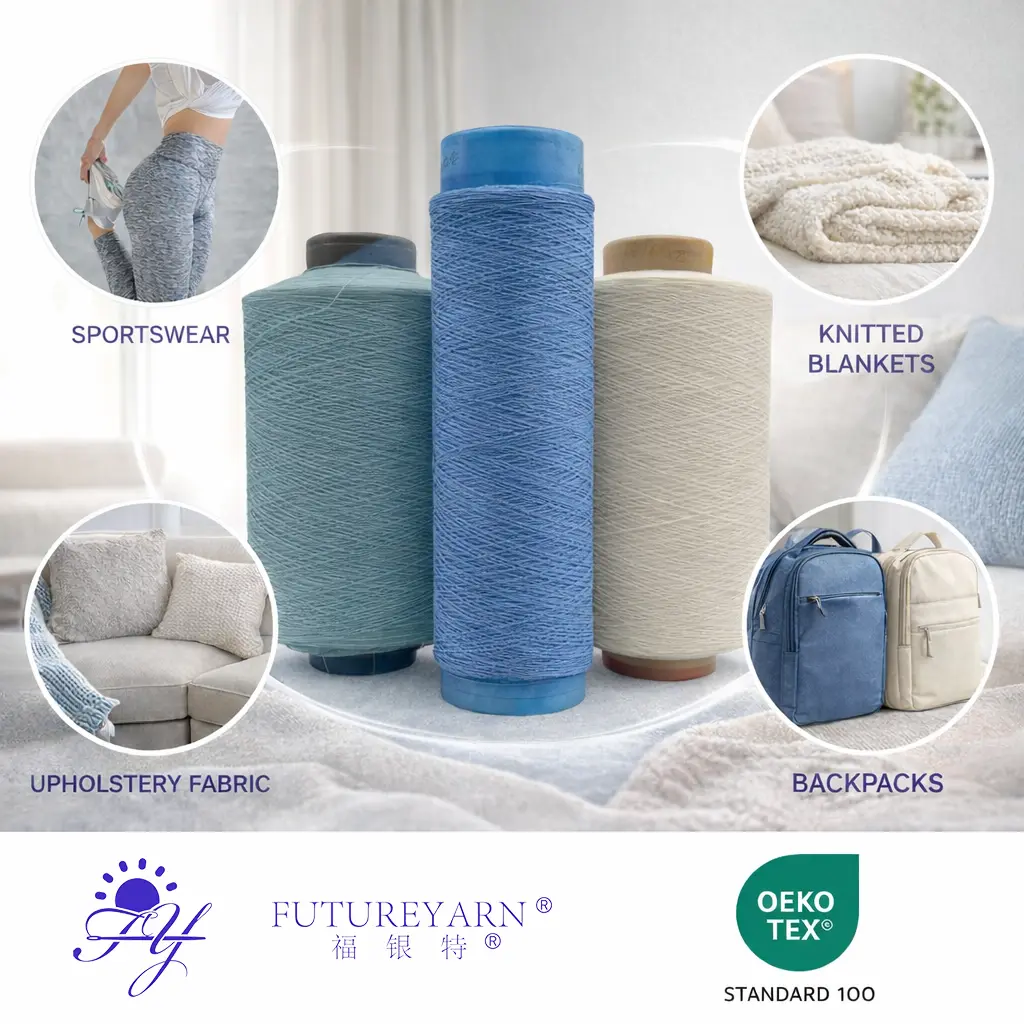In recent years, the food packaging industry has witnessed a significant shift towards more sustainable options, with paper food containers emerging as a popular choice among consumers and businesses alike. As environmental concerns continue to rise, many are left wondering: Are paper food containers safe for food? This article delves into the safety aspects of paper food containers, examining their materials, potential health risks, and regulatory standards to provide a comprehensive understanding of their use in food service.
Understanding Paper Food Containers
Paper food containers are primarily made from renewable resources, such as wood pulp, and are often coated with a thin layer of plastic or wax to enhance their durability and moisture resistance. These containers are widely used in various food service settings, including restaurants, food trucks, and takeout services, due to their lightweight nature and eco-friendly appeal.
Safety Considerations
- Material Composition
The safety of paper food containers largely depends on their material composition. Most containers are made from food-grade paper, which is specifically designed to be safe for food contact. However, it is crucial to ensure that the paper is sourced from reputable suppliers who adhere to safety standards. Additionally, some paper containers may contain additives or coatings that could pose health risks if they leach into food.
- Chemical Migration
One of the primary concerns regarding paper food containers is the potential for chemical migration. This occurs when substances from the container transfer into the food, particularly when exposed to heat or fatty foods. Research has shown that certain coatings, such as polyethylene or wax, can sometimes migrate into food products. To mitigate this risk, consumers should opt for containers that are certified as food-safe and free from harmful chemicals like bisphenol A (BPA) and phthalates.
- Regulatory Standards
In many countries, food packaging materials, including paper containers, are subject to strict regulations to ensure consumer safety. In the United States, the Food and Drug Administration (FDA) oversees the safety of food contact materials, requiring manufacturers to demonstrate that their products do not pose a risk to human health. Similarly, the European Food Safety Authority (EFSA) sets stringent guidelines for food packaging safety in Europe. Consumers should look for certifications or compliance statements from manufacturers to ensure that the paper containers they use meet these safety standards.
Environmental Impact vs. Safety
While the safety of paper food containers is a critical consideration, it is also essential to weigh their environmental impact. Paper containers are often marketed as a more sustainable alternative to plastic, as they are biodegradable and compostable. However, the environmental benefits can be compromised if the containers are treated with harmful chemicals or if they are not disposed of properly. Therefore, consumers should seek out containers that are not only safe for food but also produced sustainably, using eco-friendly practices.
Best Practices for Safe Use
To ensure the safe use of paper food containers, consider the following best practices:
- Check for Certifications: Look for containers that are labeled as food-safe and free from harmful chemicals. Certifications from recognized organizations can provide additional assurance of safety.
- Avoid High Temperatures: While many paper containers are designed to withstand moderate heat, it is advisable to avoid using them in high-temperature applications, such as microwaving or baking, unless explicitly stated by the manufacturer.
- Limit Contact with Oily Foods: Fatty or oily foods can increase the likelihood of chemical migration. If possible, use containers specifically designed for greasy foods.
- Proper Disposal: To maximize the environmental benefits of paper containers, ensure they are disposed of correctly. Composting or recycling can help reduce waste and promote sustainability.
Conclusion
In conclusion, paper food containers can be a safe and environmentally friendly choice for food packaging when used appropriately. By understanding the materials, potential risks, and regulatory standards associated with these containers, consumers can make informed decisions that prioritize both safety and sustainability. As the food industry continues to evolve, staying informed about packaging options will empower consumers to choose products that align with their health and environmental values.


